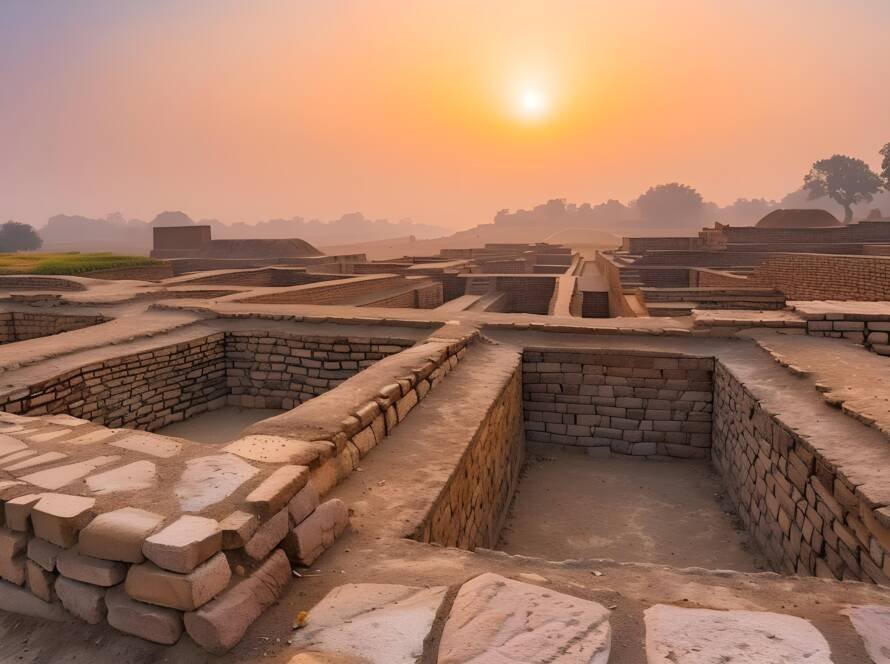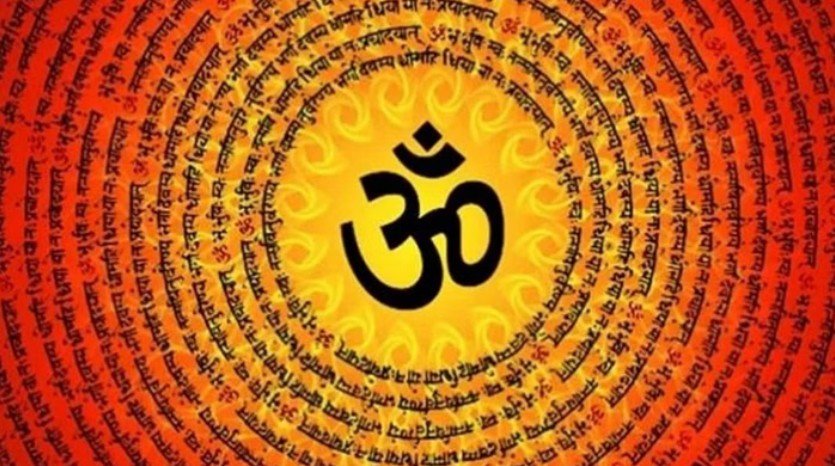A Fusion of Art, Math, and Spirituality
Imagine walking barefoot on warm stone, the scent of incense in the air, as sunlight filters through intricately carved gopurams. Each step draws you deeper—not just into the sanctum, but into the soul of a civilization. Indian temple architecture is not merely construction—it is consecration. A temple is not just a place of worship—it is a map of the cosmos, a library of sacred knowledge, and a testament to the genius of a culture where spirituality, science, and aesthetics danced in harmony.
A Symphony in Stone
In the heart of every Indian temple beats the rhythm of shilpa shastra—ancient architectural treatises that blend geometry, astronomy, physics, and metaphysics. The precision is astonishing: temples aligned to cardinal directions, inner sanctums built to amplify cosmic vibrations, domes engineered to echo chants in perfect harmony. The structure follows the sacred Vastu Purusha Mandala—a geometric grid symbolizing the body of the cosmic being. Each brick, each curve, each pillar is placed with intention—reflecting not human whim, but divine order.


The Dance of Devotion and Design
Temple architecture in India is as diverse as its geography, yet united in spirit. In the Dravidian temples of Tamil Nadu, towering gopurams rise like mountain peaks, their surfaces alive with celestial stories carved in stone. In the Nagara style of the north, beehive-shaped shikharas spiral skyward, symbolizing the ascent of the soul. In Odisha’s Konark, the Sun Temple stands as a giant chariot of Surya, its wheels speaking in the language of time. In Khajuraho, passion and prayer intertwine on sandstone, reminding us that spirituality embraces the wholeness of life.
These temples were not built—they were birthed. Sculptors and architects were seen not as artisans but as sadhakas—spiritual seekers who chiseled with devotion. Their tools were extensions of prayer; their blueprints, revelations. The temples emerged from the earth like sacred organisms, breathing energy, telling stories, and aligning man with the cosmos.
Math as Meditation
Mathematics in temple design was more than logic—it was a form of meditation. The golden ratio, fractals, the Fibonacci sequence—all found elegant expression long before the West would name them. Patterns in mandalas, symmetry in lattices, proportionality in corridors—each element served both form and function, body and spirit. The famed Kailasa Temple of Ellora, carved top-down from a single rock, defies modern comprehension. Was it engineering? Was it enlightenment? Perhaps both.
Time, too, was embedded into stone. The sun’s movement marked rituals; shadow and light choreographed the rhythm of the day. Temples became living calendars, guiding festivals, harvests, and human behavior in tune with celestial rhythms.
Stillness in Stone, Motion in Spirit
Even today, stepping into an ancient temple feels like entering a different realm. The air hums with memory. You don’t just see—you feel. You walk into silence that speaks, into space that stirs the soul. It is here that math becomes mantra, sculpture becomes scripture, and architecture becomes a living prayer.
For a generation seeking rootedness in a world of speed, these temples offer anchorage. They remind us that beauty is not ornamental but purposeful. That science and spirit are not separate, but intertwined. That culture is not a relic, but a living presence.
A Legacy Carved in Eternity
As we gaze upon these wonders—timeworn yet timeless—we recognize more than just artistry. We witness a civilization’s yearning to touch the infinite. Indian temple architecture invites us not merely to admire, but to awaken. It whispers: “You too are a temple. You too are a fusion of form and spirit, of earth and sky.”
So, the next time you stand before an ancient shrine, pause. Run your fingers over the carved stone. Close your eyes. Listen. You are not just in the presence of history—you are in the presence of the eternal.



